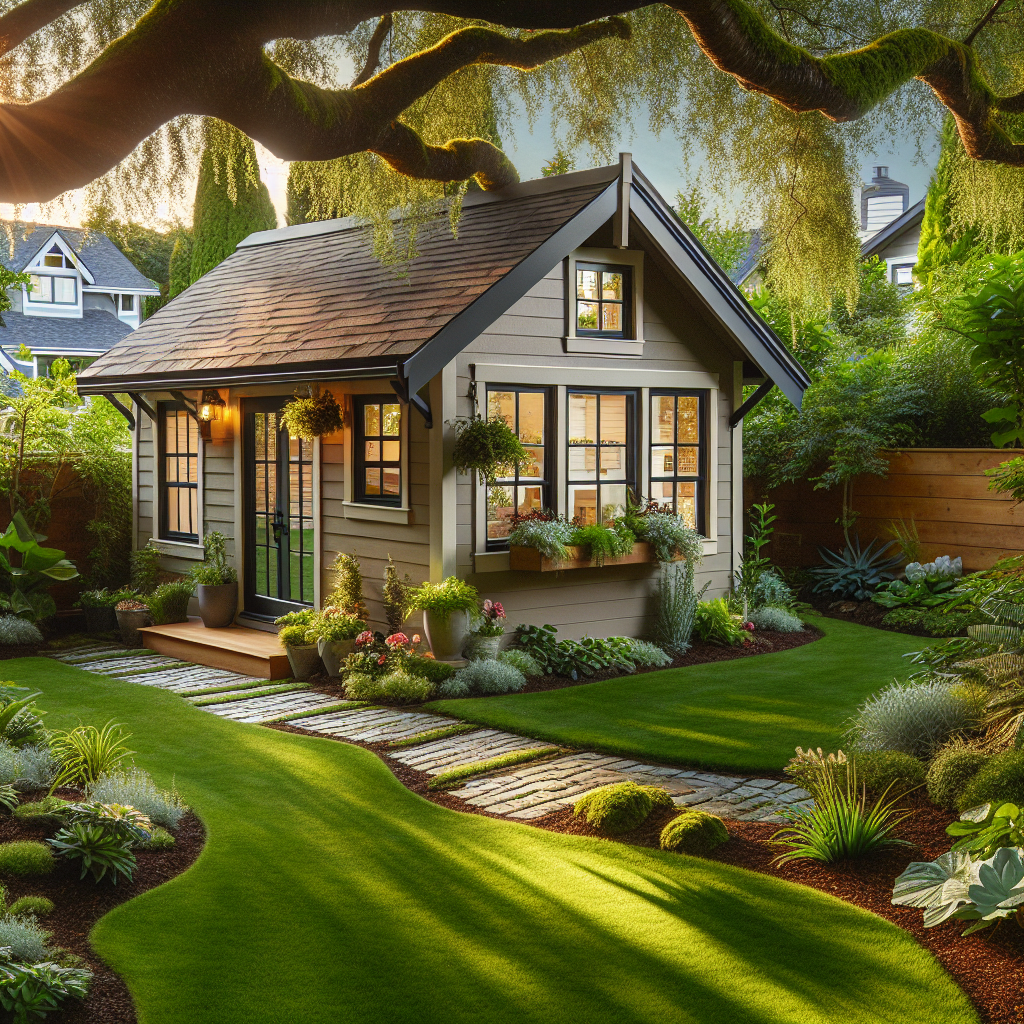Maximizing your property's potential can be a game-changer. One way to do this is by adding an accessory dwelling unit (ADU).
An ADU is a secondary housing unit on the same grounds as your main house. It can provide extra living space or a source of rental income.
In this article, we'll focus on the specifics of building an ADU in Arlington, VA, and Sacramento. We'll cover the benefits, regulations, and practical considerations.
Whether you're a homeowner or a real estate investor, this guide will help you understand how an ADU can maximize your space.
Understanding Accessory Dwelling Units (ADUs)
Accessory dwelling units, or ADUs, are secondary housing units on a property. They can be attached to the main house, detached, or built over a garage.
Each type of ADU has its unique benefits. For instance, an attached ADU can be more cost-effective, while a detached one offers more privacy.
Building an ADU requires careful planning and adherence to local regulations. It's crucial to understand these aspects before starting your project.
In the next sections, we'll delve into the benefits and regulations of building an ADU.
The Benefits of Building an ADU
Building an ADU can provide a significant income source. Renting out the unit can help offset mortgage payments or serve as a retirement income.
An ADU can also increase your property value. It adds usable square footage and offers potential buyers additional living or rental space.
ADUs can address housing shortages in urban areas. They provide affordable housing options without the need for new land development.
Lastly, ADUs offer flexible living space. They can accommodate aging relatives, adult children, or even serve as a home office.
Key Regulations for ADUs in Arlington, VA and Sacramento
Building an ADU involves navigating local zoning laws and building codes. These regulations vary by location.
In Arlington, VA, ADUs are subject to specific size and height restrictions. They must also meet certain setback requirements.
Sacramento has its own set of rules. These include regulations on unit size, lot coverage, and parking.
Here are some key points to consider:
- Check local zoning laws for ADU regulations
- Understand building code requirements
- Obtain necessary permits before construction
- Consider hiring a professional to navigate the process
Remember, non-compliance can lead to fines and legal issues.
Planning and Designing Your ADU
Designing an ADU requires careful planning. You need to consider the existing property layout and the intended use of the unit.
Think about the unit's size, layout, and style. It should complement your main house and meet the needs of potential occupants.
Also, consider privacy and sound insulation. These factors can greatly impact the comfort of both the main house and ADU residents.
Financing and Costs of ADU Construction
Building an ADU is a significant investment. Costs can vary based on size, design, and local construction rates.
Consider different financing options. These may include home equity loans, personal loans, or savings.
Remember to factor in ongoing costs. These include maintenance, utilities, and potential tax implications.
The Impact of ADUs on Property Value and Community
ADUs can boost property value. They offer additional living space or potential rental income.
However, consider community dynamics. Some neighbors may have concerns about increased density or parking.
Engage with your community early. Address concerns and highlight the benefits of ADUs.
Conclusion: Is an ADU Right for You?
Adding an ADU is a significant decision. It requires careful planning, investment, and understanding of local regulations.
Yet, the benefits can be substantial. From increased property value to flexible living options, ADUs offer unique advantages.
Consider your needs, resources, and community. Is an ADU the right choice for you?











.jpg)

.jpg)


0 Comments